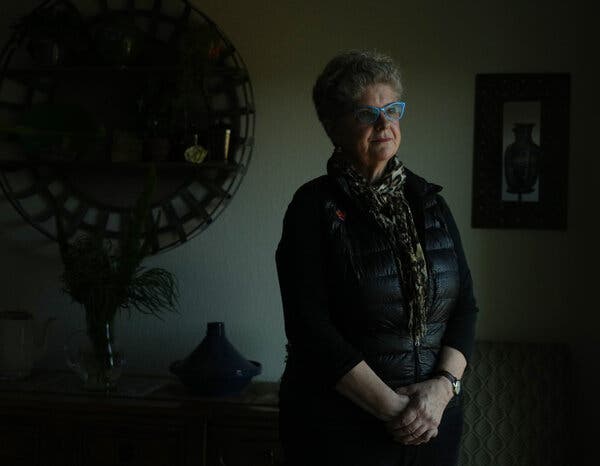Americans in the lower middle class are losing ground financially, researchers have found.

Monique Louvigny, an event coordinator in the San Francisco Bay Area, economizes where she can. She drives a 10-year-old Prius, brings a thermos of coffee to work instead of patronizing a place with baristas, and takes advantage of a drive-through food pantry once a month.
Laid off at 57, “I kind of reinvented myself,” she said. She rebuilt her career as a freelancer, overseeing receptions and conventions for many companies and institutions, including the local de Young and Legion of Honor art museums.
But her income fell to less than $30,000 last year. “It’s erratic,” she said. “In January, I have 12 days of work.” In the summer, she might have only three or four.
Ms. Louvigny, 64, feels fortunate on two fronts. For health insurance, she has qualified for Medi-Cal, California’s Medicaid program. And two years ago, she paid off the mortgage on her condo in relatively affordable Vallejo. A housemate pays rent, which helps cover maintenance costs and rising condo fees.
“I think I can hang on for two years, workwise,” she said, and then she plans to begin receiving Social Security benefits at her full retirement age of 66.
Ms. Louvigny’s earnings place her in a category defined in a recent study in the journal Health Affairs as lower middle class for Americans nearing retirement. It’s a group that has steadily lost ground financially over the past two decades, with stagnating earnings and fewer economic resources than it had in the early 1990s.

